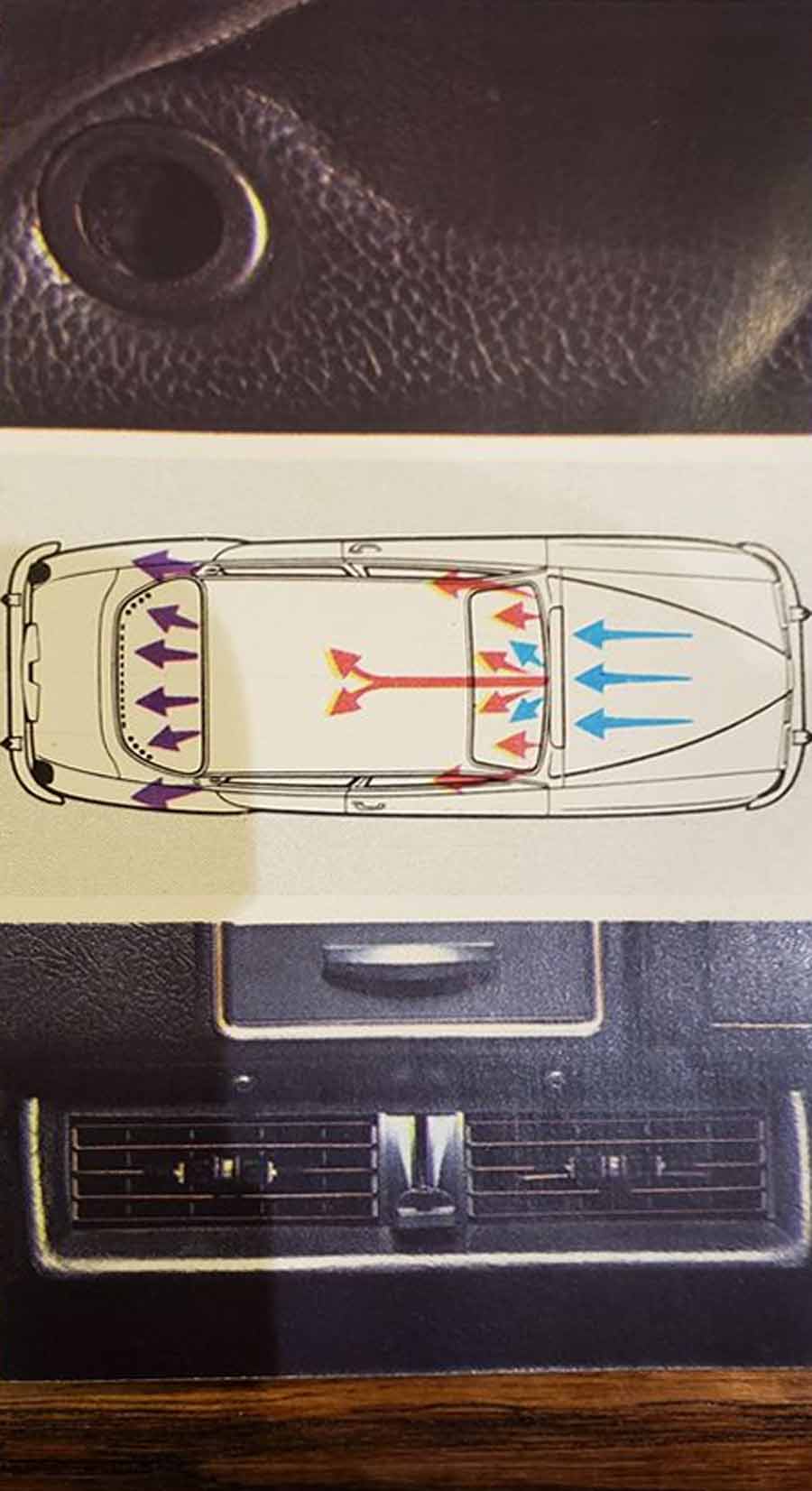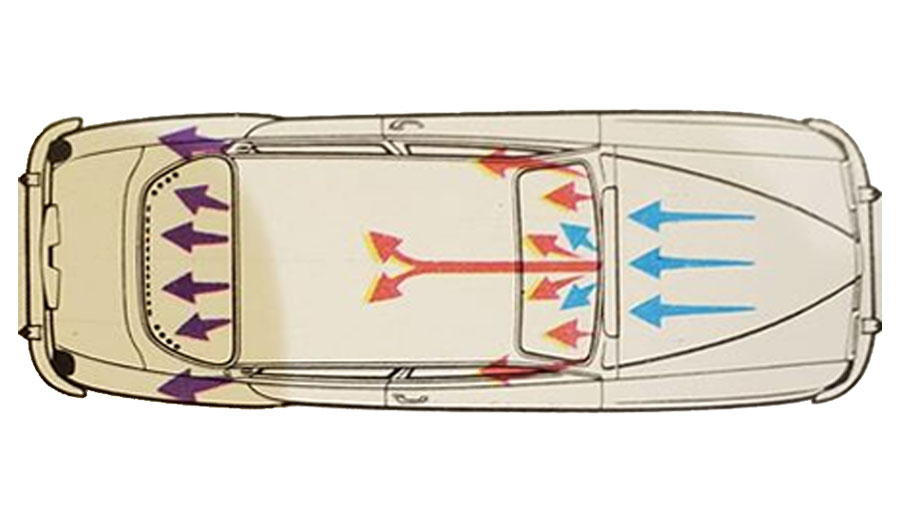Most car journalists and car magazines have always characterized Saab cars with the “quirky“, or at the very least, most engineering solutions were “weird”. But in fact, it has always been about the misunderstanding and ignorance of automotive journalists, as most components on Saaba cars are designed by motto “Form follows Function“. Exactly this situation is a component of the ventilation and air flow in the cabin of Saab cars, especially the older ones.
Some time ago, ventilation in Saab 96–95 models was a topic in a single Saab online social group. It was this topic that intrigued the participants in the discussion – how the installation of the ventilation in the Saab 96 car was performed, and why the individual components of the system are in a certain place. As we could read, not only the aforementioned car journalists, but the longtime Saab oldtimer owners, some solutions were not clear – and most solutions have their reasons.
Table of Contents
Saab Ventilation System
Just one of the participants in the discussion posted this illustration from Saab’s 1971 96/95 Sales brochure demonstrating the air flow thru the car showing the importance of the rear “elephant ears” and ventilation holes in the parcel shelf and rear window frame. Without those the air flow stops, no way to pull it through from the front.

According to one of the interviewees in the discussion the Saab 93 and earlier cars don’t have flow through ventilation. The Saab 96’s ventilation system works so well that the manual actually tells you to not use the blower motor on the heater when the car is in motion: “At speeds in excess of about 30 mph. (50 k m/h), a forced draft is generated which is normally sufficient to enable the air heater to function satisfactorily. Thus the fan need only be used when the car is stopped or moving at low speed.” “…ventilation of the car’s interior is provided by the vents at the rear…with the windows closed.”
Thereby, many wondered why they were the shelf’s rear vent holes? The Air would flow into the trunk if it has somewhere to go next. What would make the air go into these vent holes? A very good question, which is still a great unknown to many. And the answer is very logical and reasonable.
What The “Elephant Ears” Are For
With the fresh air-vents open, at the dash, the air would be pulled thru the cabin, thru the package shelf holes into the trunk then back up thru the holes in the rear window frame and out the “elephant ear” side vents behind the rear side windows venting, not only the entire cabin, but also the trunk.
Saab also designed this so in the winter the warm air would be pulled into the trunk to keep anything in the trunk from freezing. All of this air flow pattern would start working around 20-25 MPH as far as he remembers. There is nothing on these cars that was not intentional with a purpose. What can you say, Saab airplane Engineers!
And that’s not all, another Saab connoisseur completed the explanation – Yes the back shelf is there for a specific purpose to direct the air flow out the back of car. Air is forced through the cowl at speeds of the car. If there was no air escape of air from the incoming air into the car the air would dead head inside the car with no escape. Saab engineers always wanted fresh air to come inside the car to keep the driver supplied with fresh air and keep them alert. The rear outside vents are there for a purpose.
Saab Car Air Circulation
As the car drives down the highway, these side vents create a venturi effect sucking air from the inside of the car. If you pay attention to where the openings air is drawn from the side vents it is the trunk area. There is headliner blocking air flow from the back seat area not allowing air to escape the car from the passenger area.
With the forced air coming in from the cowl and the venturi action pulling air from the back of car through the holes in the back shelf there is a constant flow of fresh air supplied to the driver with no fan on and passengers with the windows up. Saab engineers were very creative with inovations at this time in the automotive progression. Saab continued this principal through the C900 as the center vent only supplies fresh air, not heated air keeping the driver alert.
To add to that, You don’t even need to run the blower motor to work the heater, except when the car is stopped. Those vents extract enough air to keep the heater blowing really strong at speed. This car was built for mud, rocks and bad, bad roads. It performed flawlessly including ice and snow! Saab engineers always wanted fresh air to come inside the car to keep the driver supplied with fresh air and keep them alert.












My 99 had a heated rear window, but you hardly needed it as the vents were so well thought out. Same at the front you always had two holes in the windscreen to see out of in cold weather. No need for de-icer. 😁